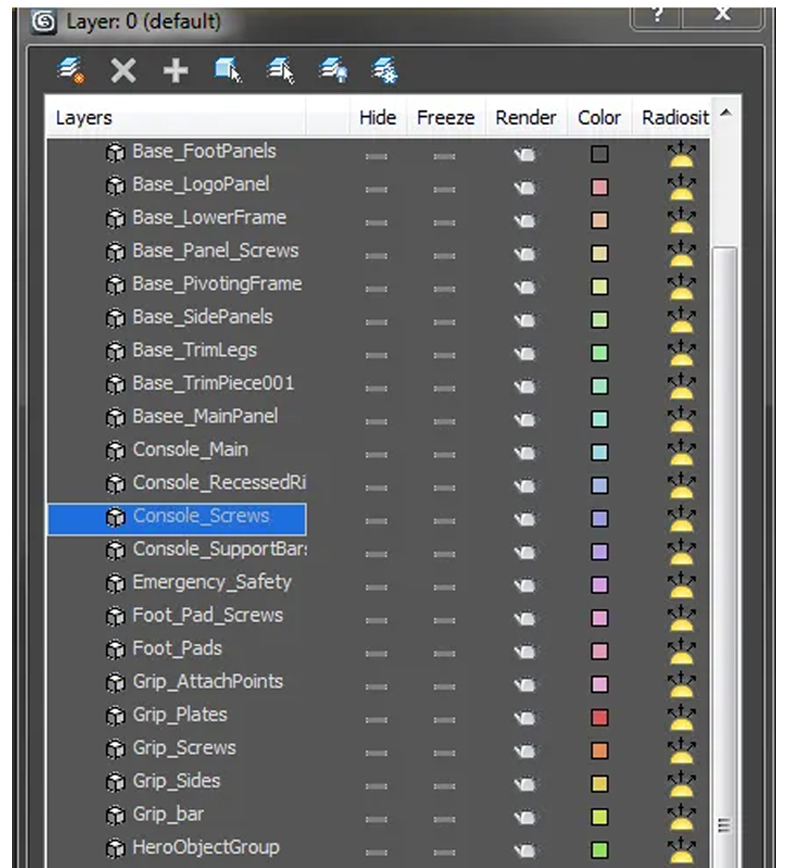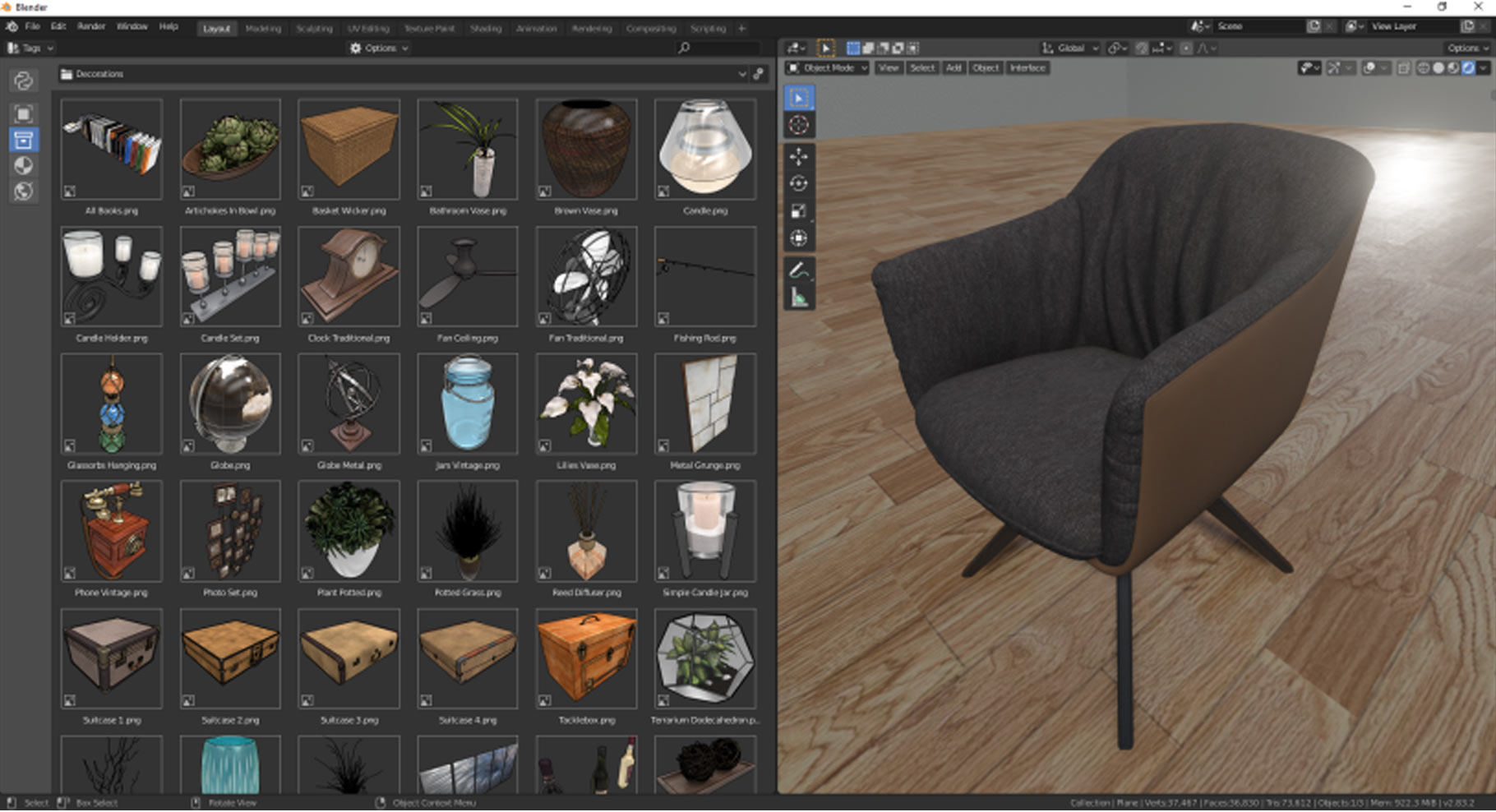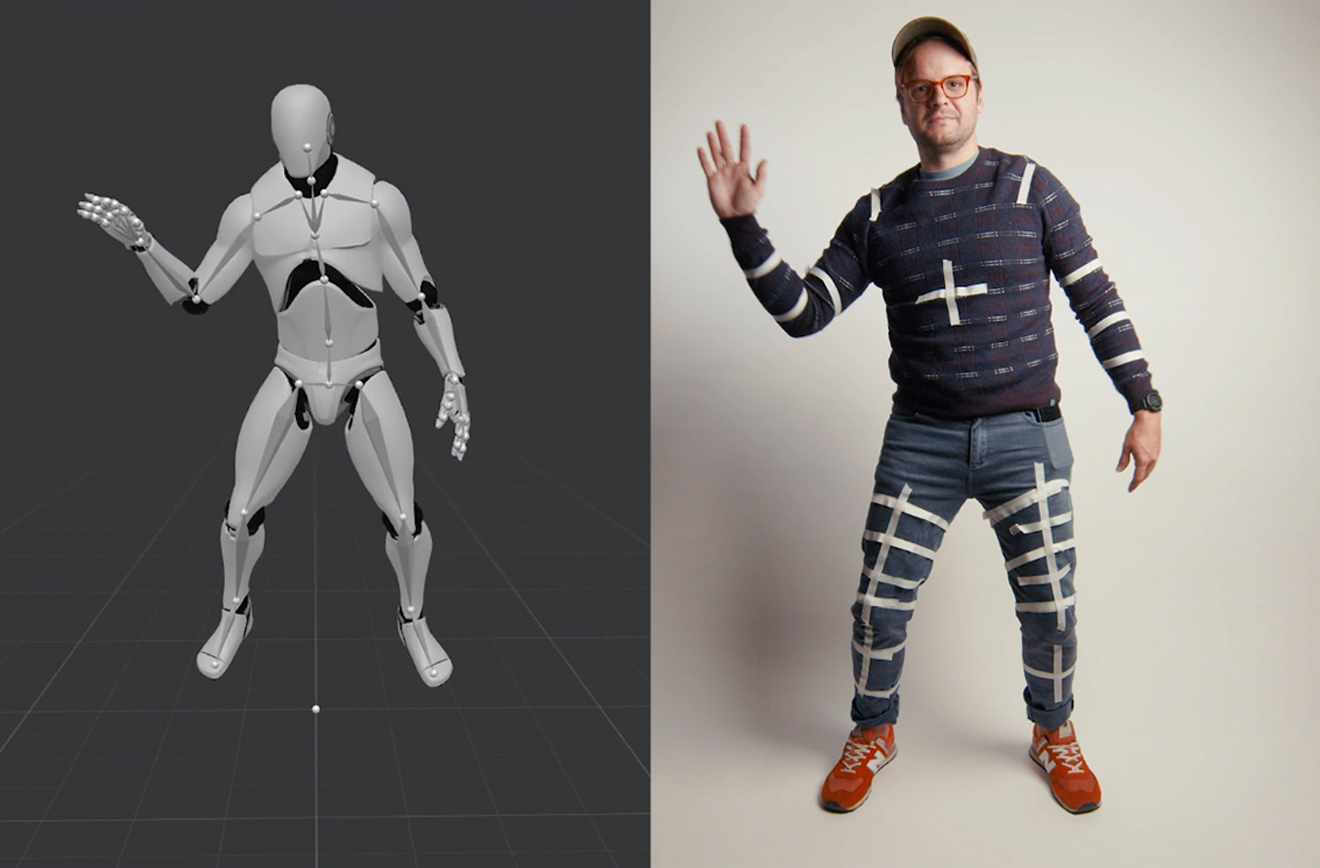In the dynamic world of 3D animation, artists and game studios alike face a myriad of challenges that can hinder creativity and productivity. Navigating these obstacles of technical hurdles of rendering, asset management, and more requires both skill and strategic thinking.
In this blog, we will explore the 15 common 3D animation challenges that animators encounter, along with actionable solutions to overcome them. Understanding these challenges will empower you to enhance your workflow and produce stunning animations with greater efficiency.
3D animation challenges are real. The process involves a range of complexities that can impact both the creative and technical aspects of game development. Factors such as the need for advanced skills, significant resource requirements, and the pressure to meet high market expectations contribute to the challenges faced by animators and studios alike. Understanding these complexities is essential, as it informs effective project management and strategic planning for successful animation projects. Let’s look at the most common challenges 3D animators face.
One of the most fundamental 3D animation challenges is the lack of adequate processing power. Rendering complex scenes with realistic textures, lighting effects, and shadows requires high-performance CPUs and GPUs. Insufficient processing capabilities can lead to slow rendering times and hinder the quality of animations, making it imperative for studios to invest in powerful hardware to keep pace with demanding animation tasks.
Rendering high-quality 3D animations can be an extremely time-consuming process, often taking hours or even days for a single frame. This 3D animation challenge of excessive rendering time slows down production schedules and increases costs, presenting a significant challenge for animators who must balance quality with efficiency. Optimizing rendering techniques and utilizing advanced hardware can help mitigate this issue.
As animations become more intricate, managing scenes filled with numerous objects, textures, and animations becomes increasingly complicated. This 3D animation challenge can lead to difficulties in optimizing scenes for efficient rendering and may result in performance issues during gameplay. Effective organization and scene management practices are essential to navigate this challenge.
 Image Source – Acceptable object grouping practices
Image Source – Acceptable object grouping practices
Effective scene management can be achieved through meticulous organization of assets and layers. Use grouping and naming conventions to keep track of elements, and employ scene optimization tools that help streamline the rendering process by eliminating unnecessary objects.
 Image Source – Acceptable naming conventions
Image Source – Acceptable naming conventions
Another challenge 3D animators face is creating realistic materials and textures. It is a critical aspect of 3D animation, but it requires specialized skills and knowledge of texturing software. The time-consuming nature of this process can delay production timelines if not properly managed. Studios must ensure that their teams are well-versed in texture creation techniques to meet the demands of high-quality visuals.
Achieving realistic lighting and shadow effects is one of the most common and daunting 3D animation challenges. Proper lighting can dramatically enhance the mood and realism of a scene; however, even minor adjustments can lead to significant visual changes. Animators must possess a deep understanding of lighting techniques to create compelling visuals that enhance the overall gaming experience.
As projects grow in complexity, rendering errors become more frequent, requiring animators to spend valuable time troubleshooting issues such as artifacts or glitches in the final output. Identifying the root causes of these errors is a 3D animation challenge that often necessitates extensive testing and adjustments that can delay project timelines.
The inability to see changes in real-time can hinder the creative process for animators. Without real-time feedback on modifications made to animations or scenes, 3D animators may struggle to gauge how these changes affect the overall quality, leading to inefficiencies and potential rework later in the production cycle.

Invest in software that supports real-time rendering capabilities, allowing you to see changes as they occur. For example, Blender, Autodesk Maya, KeyShot, Enscape, and Twinmotion. This immediate feedback can streamline the creative process and reduce the need for extensive revisions later on.
As projects accumulate more assets—such as models, textures, and animations—organizing these resources becomes increasingly difficult. The 3D animation challenge here is a disorganized asset library that can lead to wasted time searching for files and inconsistencies in asset usage across different projects.
 Image: Asset libraries in Blender
Image: Asset libraries in Blender
Implementing effective asset management systems is crucial for maintaining organization. Create an asset management system that categorizes and tags assets effectively. This organization allows for quick retrieval of resources, minimizing time wasted searching for files and ensuring consistency across projects.
The financial burden associated with acquiring and maintaining the necessary hardware and software for high-quality 3D animation can be substantial. Licensing fees for professional-grade software, combined with costs related to powerful workstations, can strain budgets, particularly for smaller studios or independent developers.
Striking the right balance between realism and artistic style is another critical 3D animation challenge. Depending on the game’s genre, developers must make informed decisions about visual styles that resonate with players while ensuring consistency throughout the game experience.
As a 3D animator, define clear artistic guidelines at the outset of a project to ensure consistency between realism and style. Regularly review animations against these benchmarks to maintain alignment throughout the development process.
Games must run smoothly across a range of devices—from high-end gaming PCs to mobile phones—making platform optimization a daunting task. Ensuring that 3D animations maintain quality while performing efficiently on various hardware configurations is essential for maximizing player engagement.
Ensuring that 3D animations seamlessly integrate with other game elements—such as gameplay mechanics and storytelling—can be challenging. Consistency across all components is key to creating an immersive world that captivates players.
Game development is often constrained by tight schedules and limited resources, forcing teams to find ways to create high-quality animations within these constraints without sacrificing quality or creativity. This is a very common 3d animation challenge in the industry.
Prioritize tasks based on deadlines and resource availability, focusing on essential animations first. Implement agile methodologies that allow for iterative development, enabling teams to adapt quickly as project demands change.
Character rigging poses its own set of 3D animation challenges, as animators must create flexible rigs that allow for natural movement while also being easy to animate effectively.
Finally, technical limitations inherent in software tools or hardware configurations can hinder animators’ ability to achieve their desired results in 3D animation, requiring constant adaptation and skill development. For instance, rendering complex scenes might be delayed by insufficient hardware resources, such as lack of memory or GPU power. Similarly, using high-poly character modeling could slow down performance on lower-end machines or working with intricate simulations can be computationally intensive, necessitating advanced knowledge of optimization techniques to maintain a smooth workflow.

In addition to general 3D animation challenges, 3D animators face a whole different set of difficulties with motion capture (mocap):
Hire 3D animators from us! Overcome creative, technical, and production challenges with our cutting-edge 3D animation services. From conceptualization to final render, our skilled team ensures exceptional quality, seamless collaboration, and timely delivery, enabling you to captivate audiences and achieve your goals effortlessly.
3D animation can be challenging indeed. However, 3D animators can overcome them with advanced tools, attention to detail, and innovative problem-solving skills. By pursuing ongoing education through workshops, online courses, and tutorials and staying updated with the latest tools and techniques, you can stay on top of this rapidly evolving field.
Adopting an iterative approach where you continuously refine your work based on feedback and testing results is another solution to overcoming 3D animation challenges. This allows for gradual improvements without overwhelming changes.
Here are the 15 common challenges 3D animators face:
2D animation requires precise frame-by-frame drawing, which can be time-consuming and labor-intensive. Ensuring smooth motion and consistency in character design across scenes can be challenging. Additionally, syncing animation with audio, managing complex scenes, and creating fluid transitions require a great deal of skill and attention to detail.
3D modeling can be complex due to the need for accurate geometry and realistic textures. Challenges include achieving realistic lighting, creating lifelike movement, and ensuring models are optimized for rendering. Additionally, the need for extensive rendering power and software knowledge can also be obstacles.
To hire 3D animators, you can consider Juego Studios’ outsourcing or outstaffing solutions. Outsourcing involves delegating the entire animation project to our team, ensuring expertise, efficiency, and cost-effectiveness. With outstaffing, you can hire skilled 3D animators who work directly under your management but remain employed by us, providing flexibility and access to top talent. Both models allow you to scale resources quickly, manage projects seamlessly, and reduce overhead while maintaining high-quality animation production.
Some of the best 3D animation tools used by professionals include:
The primary difference between 2D and 3D animation lies in the dimension and perspective used to create the visuals: